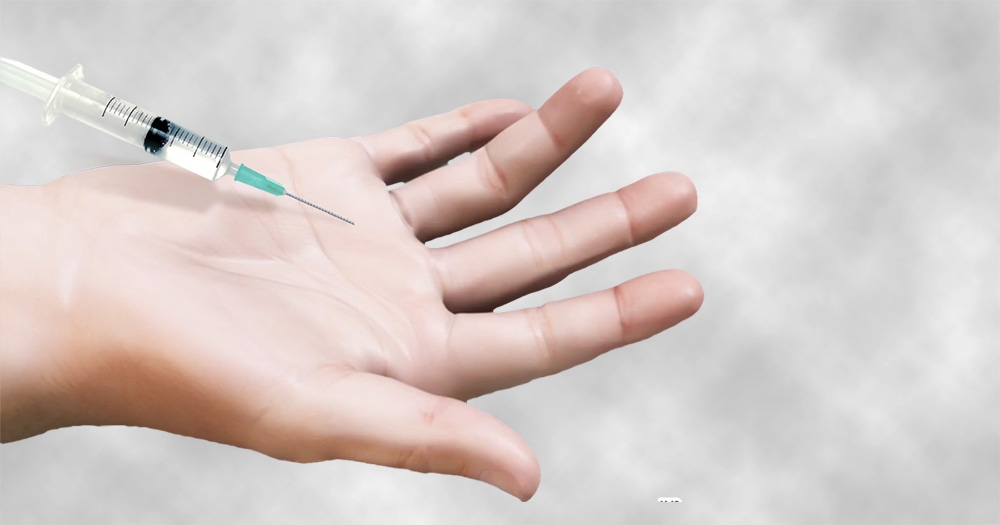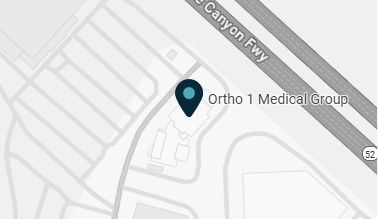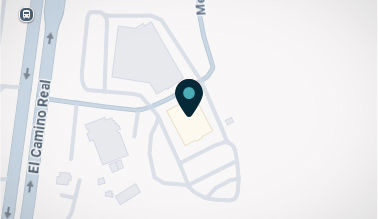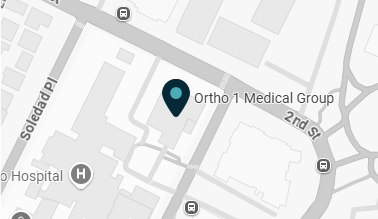Are you dealing with the discomfort of trigger finger? You’re not alone. Researchers estimate at least 200,000 Americans are diagnosed with this frustrating condition every year.
If you’ve been diagnosed with trigger finger and are worried that surgery is your only option, the team at Ortho 1 Medical Group, with offices in San Diego, La Jolla, Chula Vista, and Coronado, California, has good news: Our orthopedic specialists help patients in the Greater San Diego region resolve their trigger finger with effective nonsurgical therapies.
Keep reading to learn about two of your nonsurgical solutions and the ways we can help you reclaim control of your fingers.
Why trigger finger requires treatment
The condition stenosing tenosynovitis is called trigger finger because inflammation in the protective sheath around your tendons causes the affected finger or thumb to make a trigger-like click, pop, or snap when you move it.
In addition to the sound it causes, trigger finger can lead to additional symptoms, including stiffness, discomfort or pain, a bump at the base of the finger, an inability to straighten the finger, or a finger that may stay bent but suddenly “pop” into the straightened position.
If left untreated, the finger develops scar tissue. Scar tissue makes it even more challenging for the tendon to move, and can cause more difficulty when it comes to extending or bending the affected finger or thumb.
Nonsurgical solutions for trigger finger
The good news is that different nonsurgical treatments can help fix your trigger finger. Before creating a treatment plan, however, your provider at Ortho 1 Medical Group first diagnoses your condition by examining your hands and fingers and discussing your symptoms.
Our providers then create a personalized trigger finger treatment plan based on the severity of your condition. While severe cases may require minimally invasive surgical intervention, our team generally begins with nonsurgical therapies. Here’s a closer look at two of these treatments:
Physical therapy
Prescriptive physical therapy helps alleviate the symptoms of trigger finger and prevents the condition from returning in the future. Your therapist has you perform specific exercises designed to improve flexibility and break down scar tissue, if any.
These may include specific stretches, movements, and hand formations designed to improve the function of your affected finger. For example, if trigger finger affects your index finger, your therapist may have you practice picking up objects with your index and middle finger to boost strength.
Generally, your physical therapist recommends continuing with the exercises and stretches after your sessions end to help stop the condition from developing again.
Corticosteroid injections
For some cases, your Ortho 1 Medical Group provider may recommend a corticosteroid injection. These injections reduce inflammation, which lets the tendon move more freely, easing your symptoms.
Results can take a few days to a few weeks to appear, and the injections are effective in about 70% of people with this condition. Sometimes, however, the effects of the injection wear off, and subsequent injections are less likely to be effective.
This treatment isn’t for everyone. Your provider may recommend an alternative therapy if you have certain underlying health or autoimmune conditions, such as rheumatoid arthritis or diabetes.
To learn more about nonsurgical solutions for trigger finger, schedule a consultation online or over the phone with a specialist at one of the four San Diego-area Ortho 1 Medical Group locations today.





















